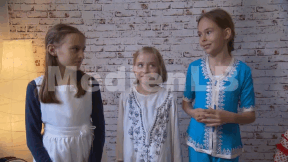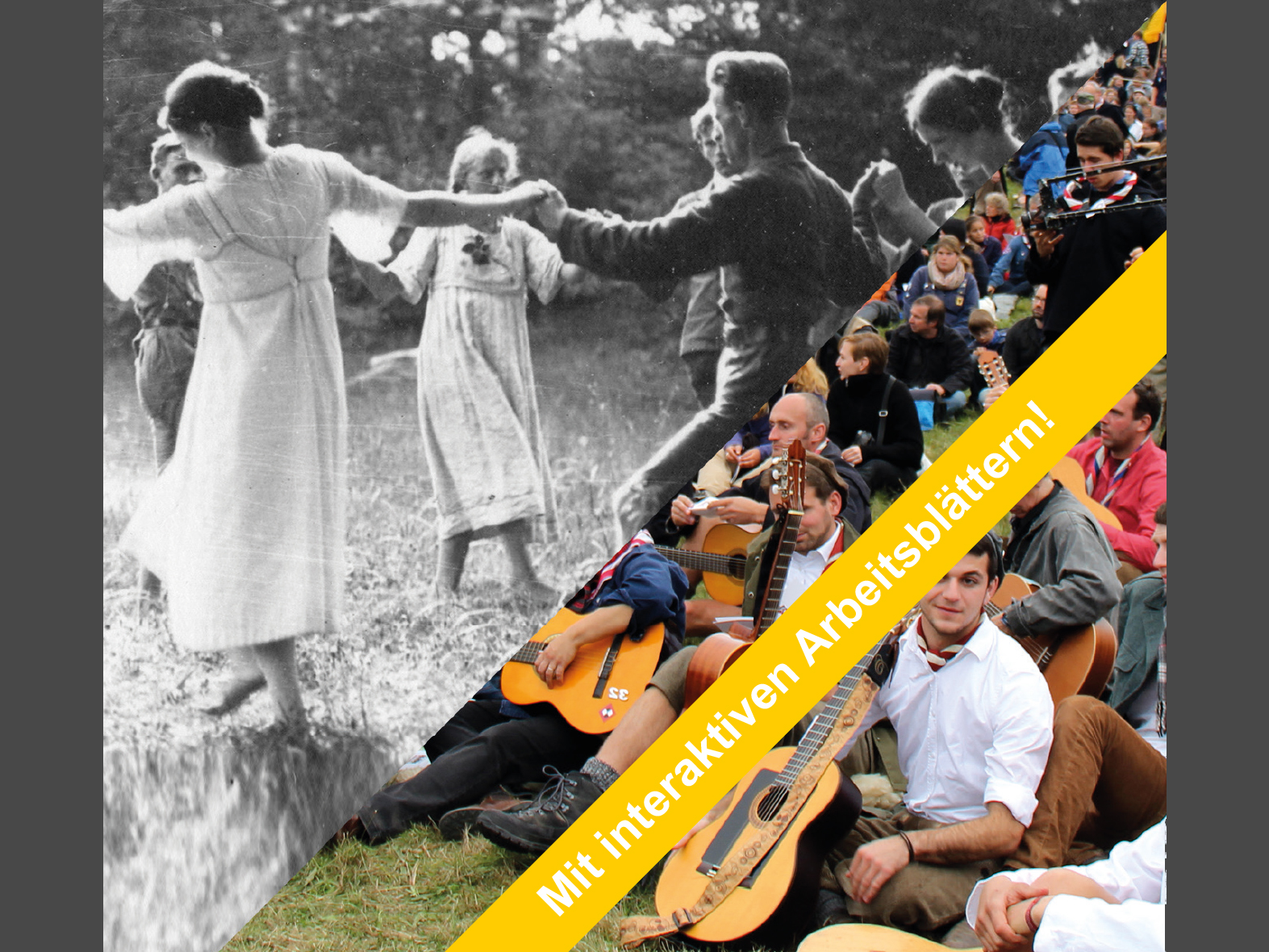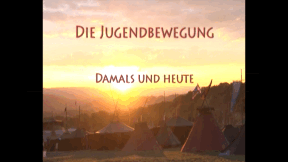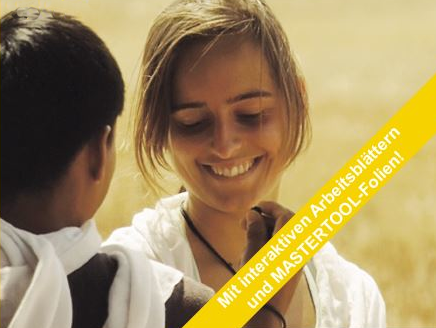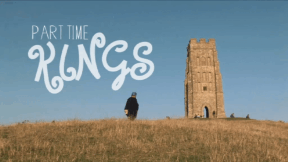 History
History

46502144 / 55501769
Otto von Bismarck
Leben und Wirken
Otto von Bismarck war der prägende Staatsmann im Europa der zweiten Hälfte des 19. Jahrhunderts. Seine Persönlichkeit, sein innen- und außenpolitisches Handeln und die Bewertung durch die Nachwelt sind indes sehr widersprüchlich.
Er führte eine Sozialgesetzgebung ein, die bis heute in ihrem Kern in Deutschland gilt und bekämpfte doch auf das Heftigste die Sozialdemokratie.
Er betonte, dass Deutschland „saturiert“ sei und friedlich mit seinen Nachbarn zusammenleben wolle und hat doch die Einigung mit „Eisen und Blut“ unter Bedingungen, die den Nachbarn Frankreich auf das Tiefste demütigten, herbeigeführt.
Wurden ab den 1870 Jahren landauf, landab Bismarckdenkmäler errichtet, so wurde er von Kaiser Wilhelm II. kurz nach dessen Thronbesteigung entlassen und seine Politik revidiert.
Der Film nähert sich diesen Widersprüchen und stellt sie teils mit Spielszenen dar.
In Verbindung mit dem umfangreichen Zusatzmaterial (klassische und interaktive Arbeitsblätter, Testfragen, Glossar) lässt sich das Medium hervorragend im Unterricht verwenden.
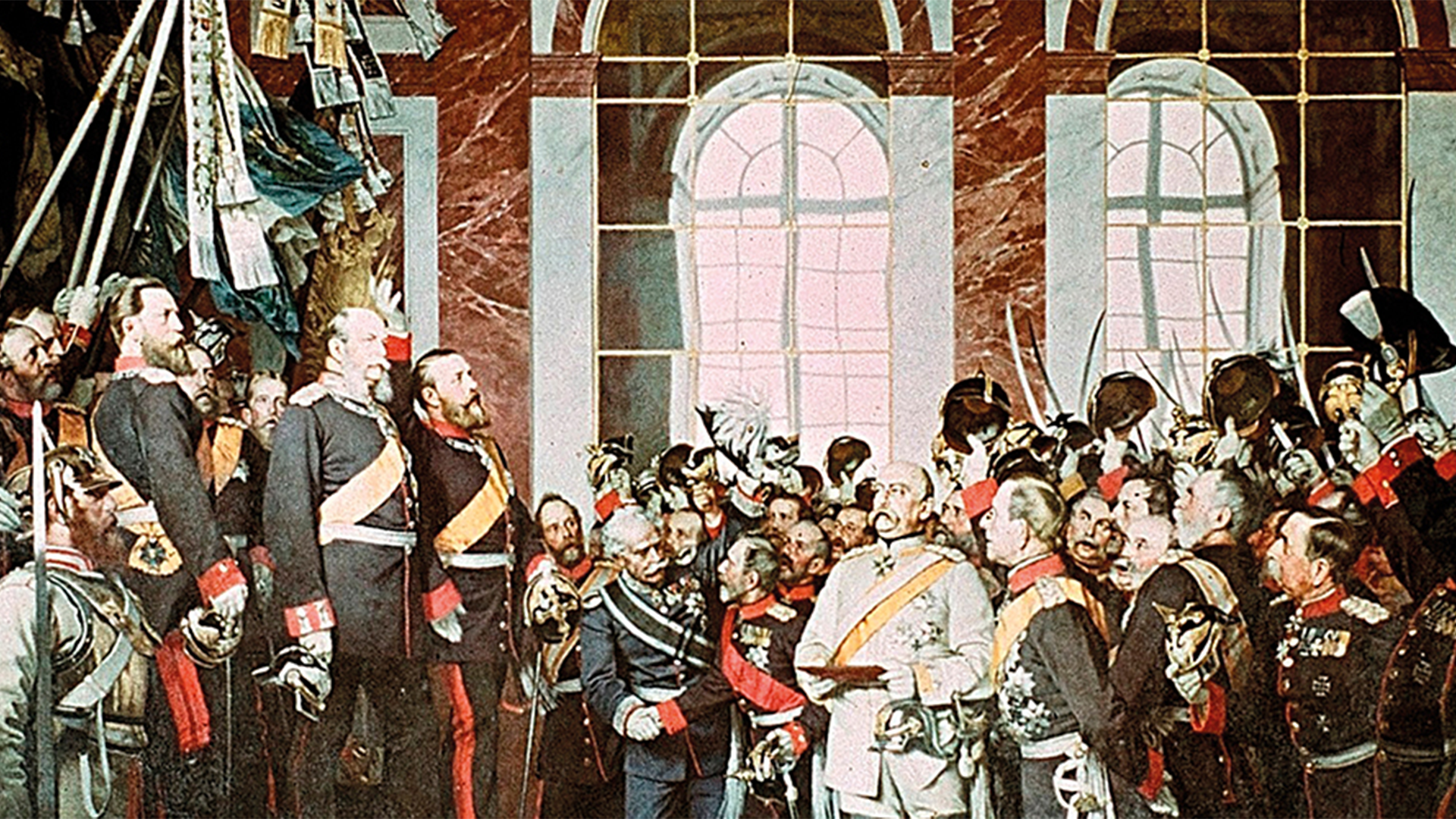
Curriculum-centred and oriented towards educational standards
Matching
Youth Movement
Dancing until your feet hurt: Here, at the meeting on the Hoher Meissner near Kassel, 3,500 participants from Boy Scout associations, youth and Wandervogel groups from all over the German-speaking region have gathered. They want to celebrate, simply get to know each other and commemorate a historic anniversary.





